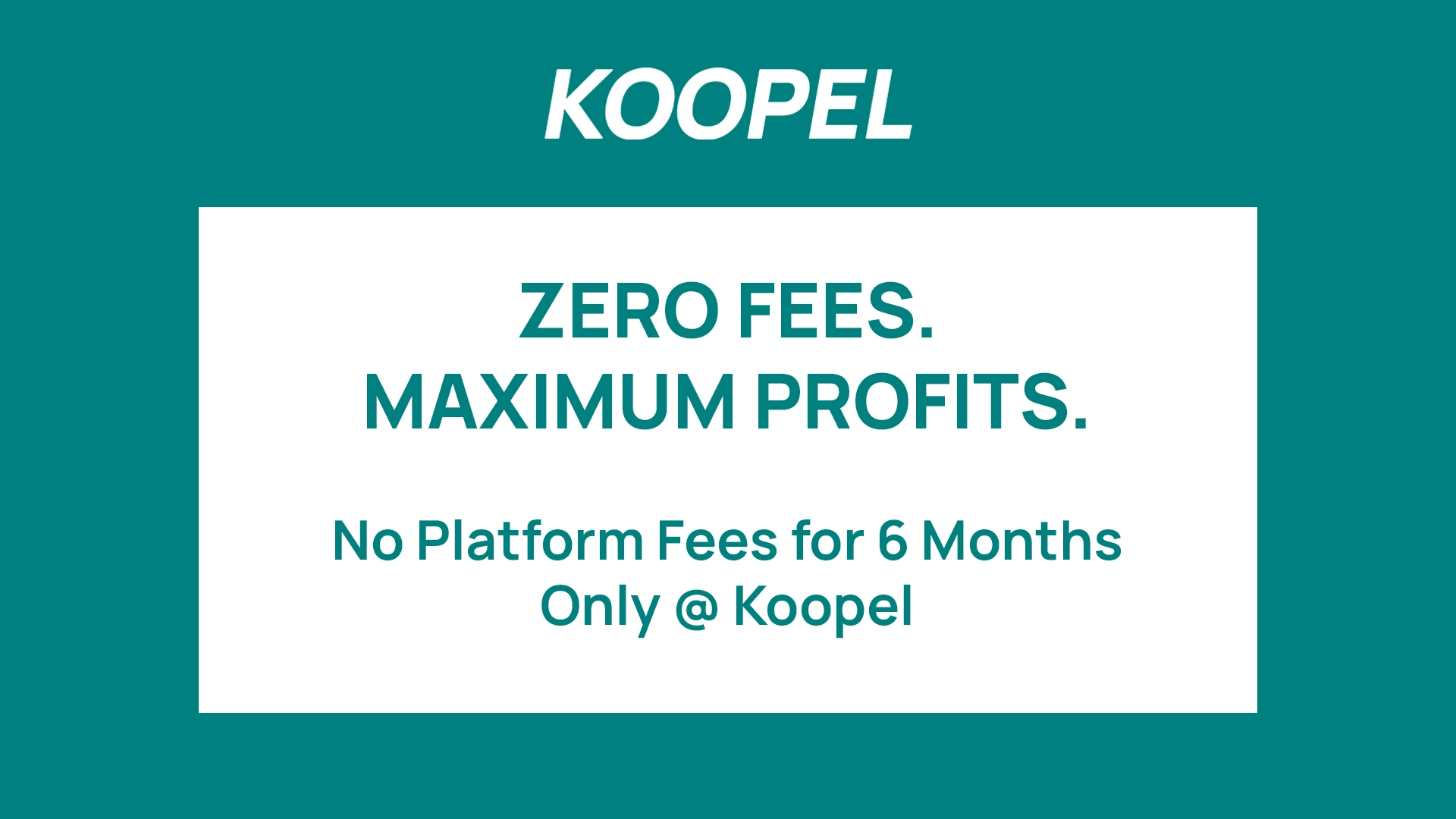Pricing is both an art and a science. The right price can make the difference between a quick sale and an item that languishes for months. Here's how to price strategically for maximum success.
Understanding Market Dynamics
Research is Everything
Before setting any price, spend time researching:
- •Recently sold similar items
- •Current active listings
- •Seasonal trends
- •Brand reputation and demand
The 70% Rule
As a starting point, price used items at 60-70% of their current retail value, adjusting based on condition and demand.
Pricing Strategies That Work
1. Competitive Pricing
Price your item slightly below similar listings to attract buyers quickly.
**When to Use:**
- •You need quick cash
- •The item is common
- •You have multiple similar items
- •The item is seasonal and timing matters
2. Premium Pricing
Price at or above market rate when you have a unique or high-demand item.
**When to Use:**
- •Rare or vintage items
- •Excellent condition items
- •High-demand brands
- •You can afford to wait
3. Psychological Pricing
Use prices ending in 9, 95, or 99 to make items feel less expensive.
**Examples:**
- •$49 instead of $50
- •$24.95 instead of $25
- •$199 instead of $200
4. Bundle Pricing
Group related items together at a slight discount to increase total sale value.
**Effective Bundles:**
- •Complete outfits
- •Book series
- •Kitchen gadget sets
- •Tool collections
Dynamic Pricing Adjustments
Start High, Then Adjust
Begin with your ideal price and reduce gradually if needed:
- •Week 1-2: Full asking price
- •Week 3-4: 10% reduction
- •Week 5+: 20% reduction or more
Seasonal Adjustments
- •Summer clothes: List in late spring
- •Winter items: List in early fall
- •Holiday decorations: List 2-3 months early
- •Back-to-school items: List in mid-summer
Category-Specific Strategies
Electronics
- •Check current retail prices
- •Factor in age and condition heavily
- •Consider warranty status
- •Research trade-in values as baseline
Clothing and Accessories
- •Brand reputation matters most
- •Condition is crucial
- •Size affects demand
- •Style and trendiness impact price
Home Goods and Furniture
- •Local market varies significantly
- •Consider delivery/pickup logistics
- •Condition and age are key factors
- •Unique or antique pieces command premiums
Collectibles and Vintage
- •Research sold listings extensively
- •Condition grades matter enormously
- •Rarity drives value
- •Authentication may be necessary
Advanced Pricing Tactics
Anchor Pricing
Show the original retail price alongside your asking price to demonstrate value.
Time-Sensitive Pricing
Create urgency with limited-time offers or gradual price increases.
Package Deals
Offer discounts for multiple item purchases to increase average order value.
Common Pricing Mistakes
Emotional Pricing
Don't let sentimental value cloud your judgment. Price based on market reality, not personal attachment.
Ignoring Condition
Be honest about wear and tear. Overpricing damaged items kills buyer interest.
Set-and-Forget Pricing
Monitor your listings regularly and adjust prices based on market response.
Race to the Bottom
Constantly undercutting competitors destroys profit margins for everyone.
Testing and Optimization
A/B Testing
List similar items at different prices to see what works in your market.
Track Your Results
Keep records of:
- •Initial asking price
- •Final sale price
- •Time to sell
- •Number of inquiries
Learn from Feedback
Pay attention to buyer comments about pricing. They'll tell you if you're too high or if they expected to pay more.
Negotiation Considerations
Leave Room for Offers
Price slightly higher than your minimum acceptable price to allow for negotiation.
Set Firm Boundaries
Decide your absolute minimum price before listing and stick to it.
Best Offer Features
Use marketplace "Best Offer" features to gauge buyer interest while maintaining control.
Remember: perfect pricing comes with experience. Start with research-based pricing, monitor results, and adjust your strategy based on what works in your specific market and category.
